Today’s guest of our list of curious things; There is a gel-like substance that we see many times but we cannot guess what it is, and that we often come across in used diapers.
Usually at the bottom of garbage containers or on the street, by cats and dogs. shredded diaperswe see what. When we see these diapers, the thing that draws our attention the most is that we cannot see them in diapers under normal conditions. gelatinous substanceis But where does this gel-like substance come from?
Today, we share with you what we are used to seeing in used diapers. the gel-like substance We’ll take a look at the details, if you’re ready, let’s get started.
First a few anecdotes on the brief history of diapers
According to many sources, the use of diapers, which many mothers use for their babies, whom they see as their most valuable asset, today. 1590 dating back to the years. According to the data obtained so far, the first diapers started to be used in England.
For the more modern and useful diapers, American Maria Allen in 1897 It is said to be in mass production. After this brief historical information, let’s go back to that mysterious substance that is the main subject of our content.
The substance most of us don’t even know the name of: Super absorbent polymer
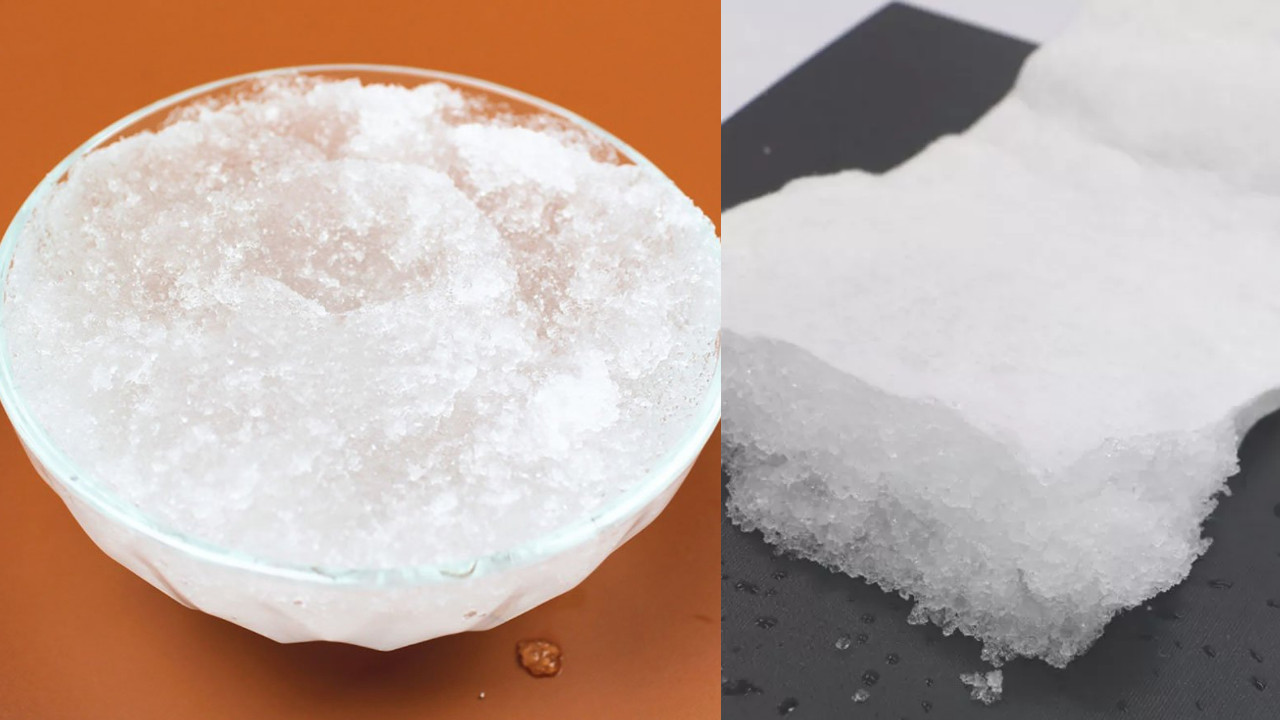
Known worldwide as superabsorbent polymer (handle) or translated into our language super absorbent polymerIt is the gel-like substance that we are accustomed to seeing, especially in used diapers. In fact, almost all of the miracle underlying diapers is made up of superabsorbent polymers.
Another when dry, another when I see liquid
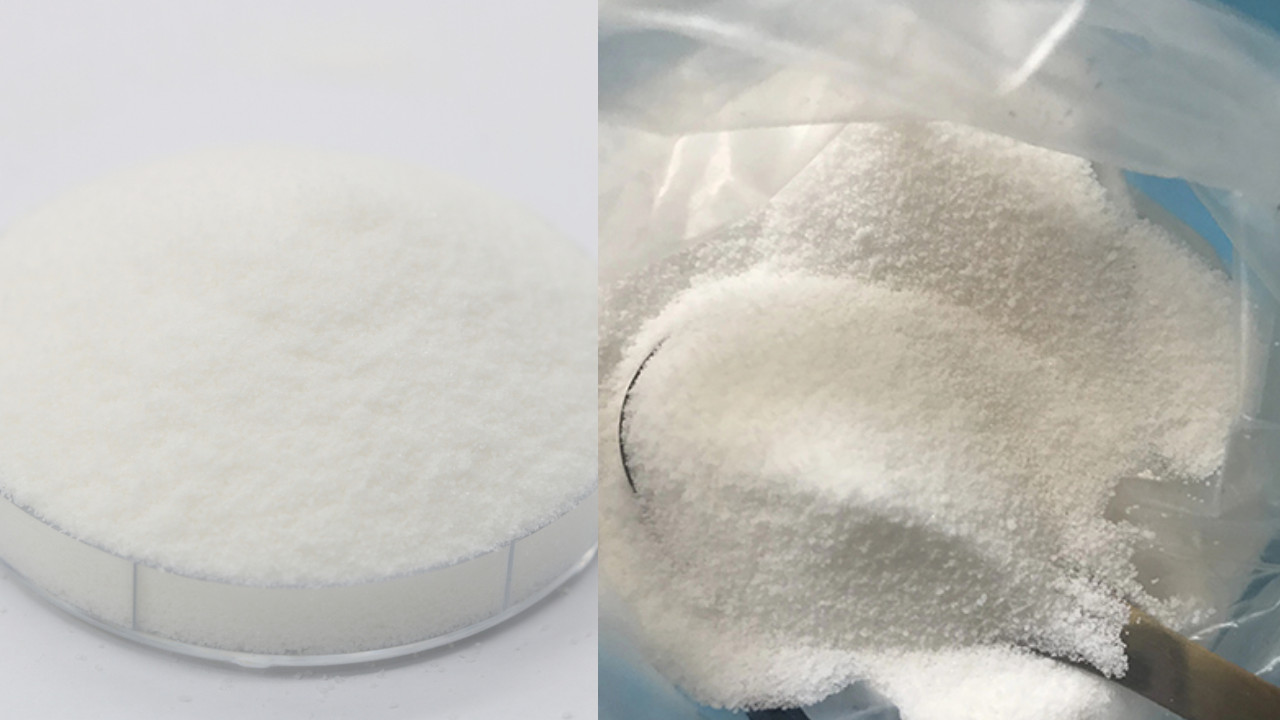
Superabsorbent polymers aren’t just in used diapers; It is a substance that is also present in unused diapers. Diapers superabsorbent polymers that are cottony when dryAs soon as it meets the liquid, it evolves from the cottony appearance to that famous image that we can describe as a mush or gel and that we usually see in pieces around garbage containers.
Why super absorbent polymers are used in diapers
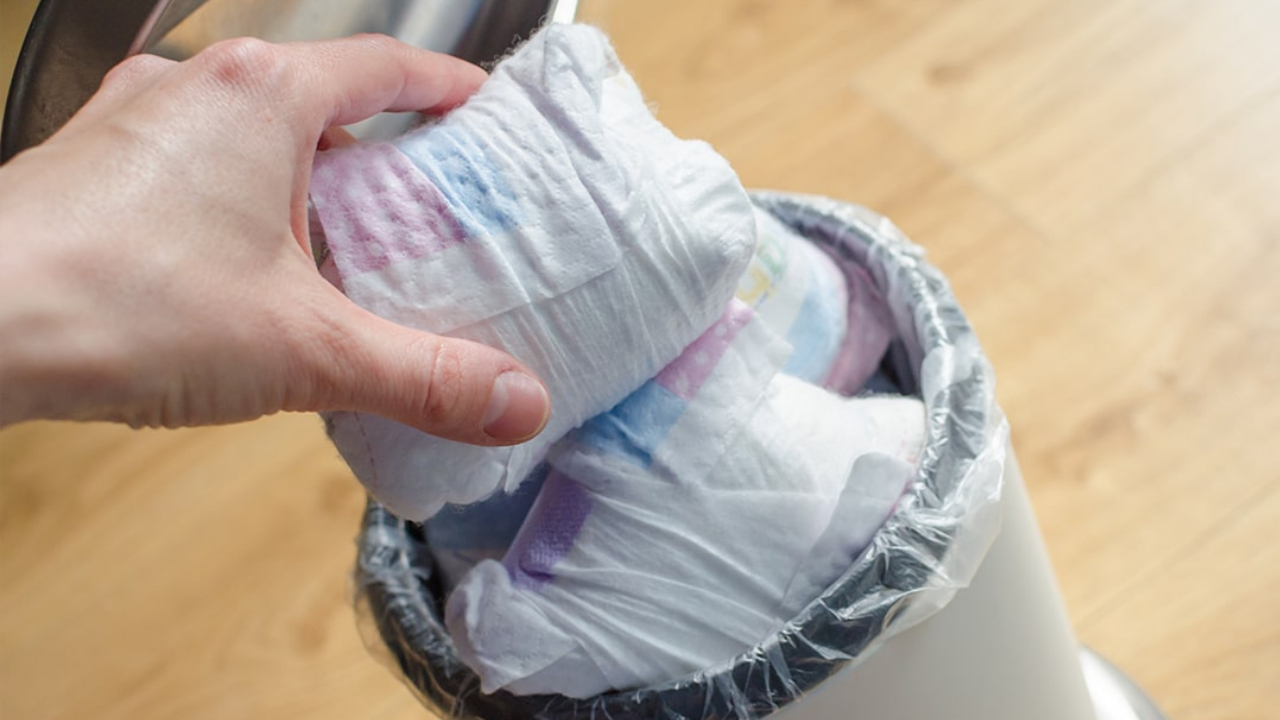
Superabsorbent polymers, which are a miracle of chemistry, vary according to the liquid to which they are exposed. It is strong enough to easily absorb a liquid weighing 200 to 800 times its own weight.. So even with simple math, we can say that 5 grams of superabsorbent polymer would be enough for one kilo of urine. Normally, super-absorbent polymers are kept safely in diapers, but we can often see them on the street because stray animals are curious and break used diapers.
A note on diapers and environmental awareness
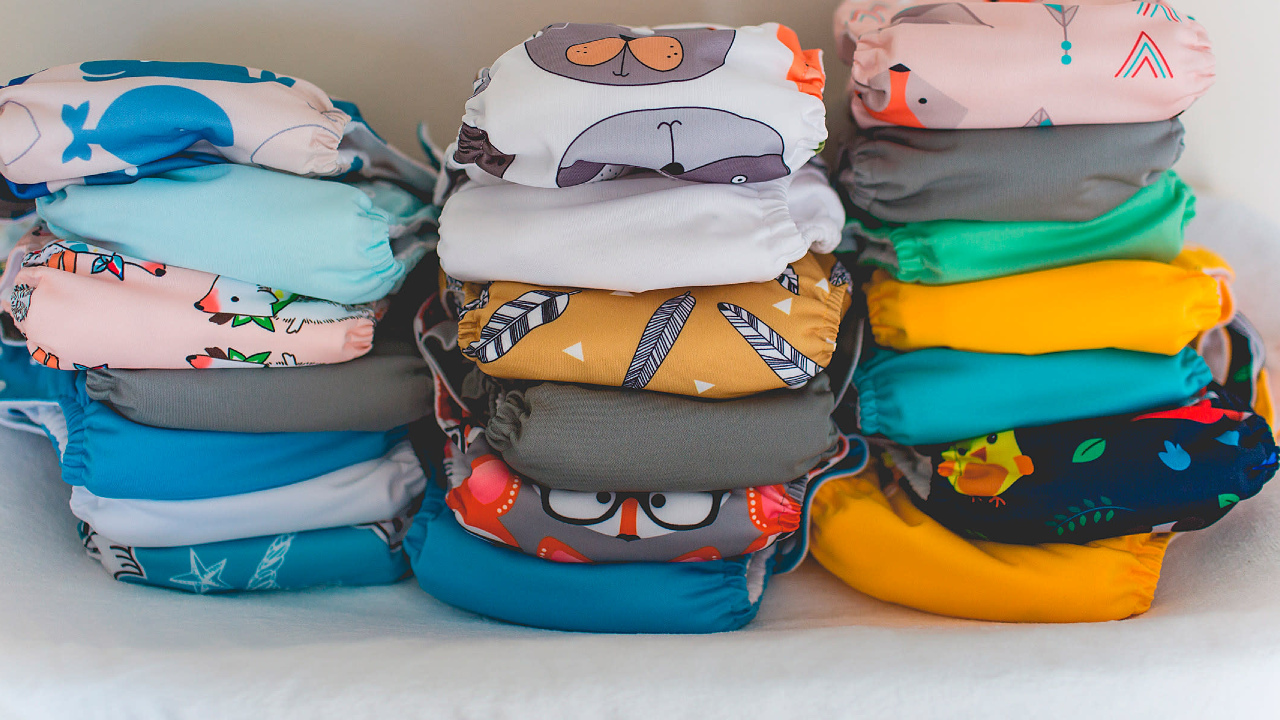
- washable diapers
Although disposable diapers are the first choice of many mothers today, It takes about 500 years for diapers to disappear in nature. was detected. In addition, disposable diapers are in the third place in the list of household waste and constitute approximately 1/3 of the materials that cannot be dissolved in nature.
Also, although some high-end brands are now in diapers even though he explained that they don’t use chlorine Many brands continue to use chlorine in their products, which harms babies’ skin.
For this reason, instead of disposable diapers, people now longer lasting, budget and eco-friendly washable diapersIt is recommended to use . Using washable diapers; You can return 130 kilos of wood and 10 kilos of oil to nature per baby per year.
Areas of use other than diapers
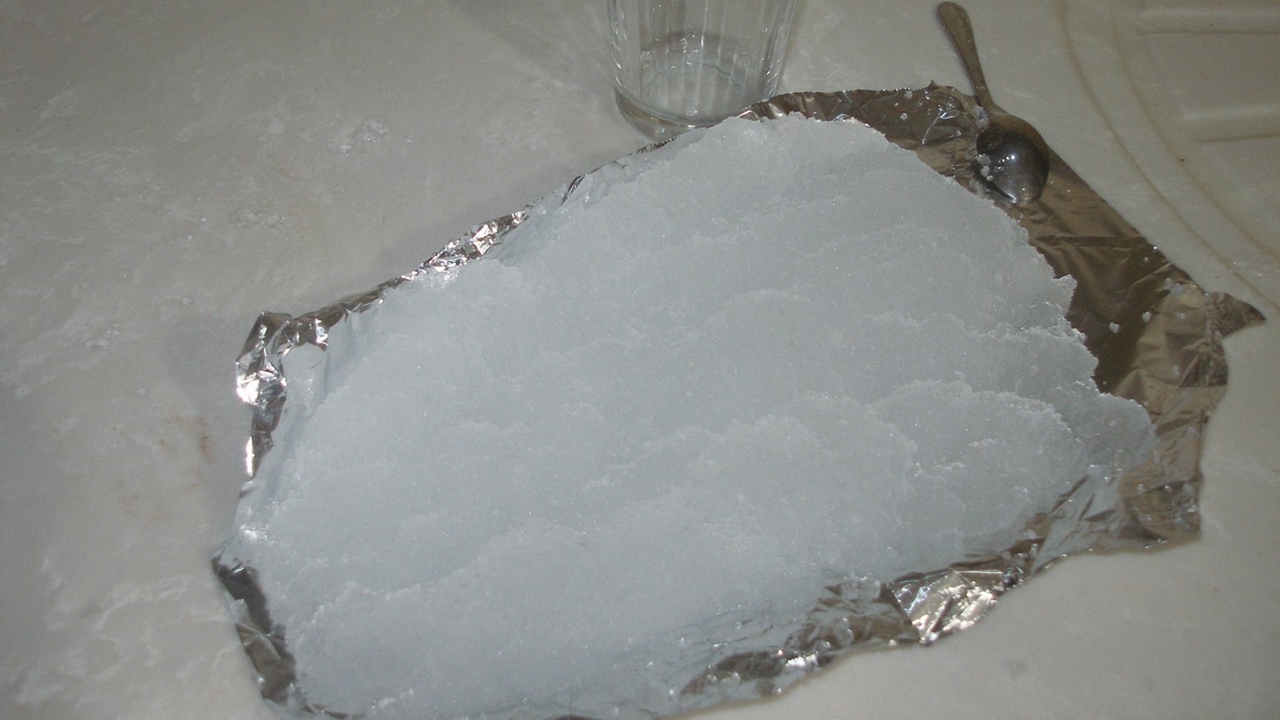
Of course, diapers are not the only area of use for super-absorbent polymers, which have a miraculous power. In agriculture, soil and fertilizers, biomedicine, waste water treatment devices, ice bags, sanitary napkins, waterproof tapesSuperabsorbent polymers are used in many different ways, such as artificial snow, wax, cement, and plasters in the cinema.
what about you about superabsorbent polymers and diapers what do you think? Do you prefer disposable diapers or washable diapers with super absorbent polymers for your baby? You can send us your comments and thoughts on this subject in the comments section.
resources: 1 / 2 / 3 / 4 / 5 / 6 / 7 / 8 /
